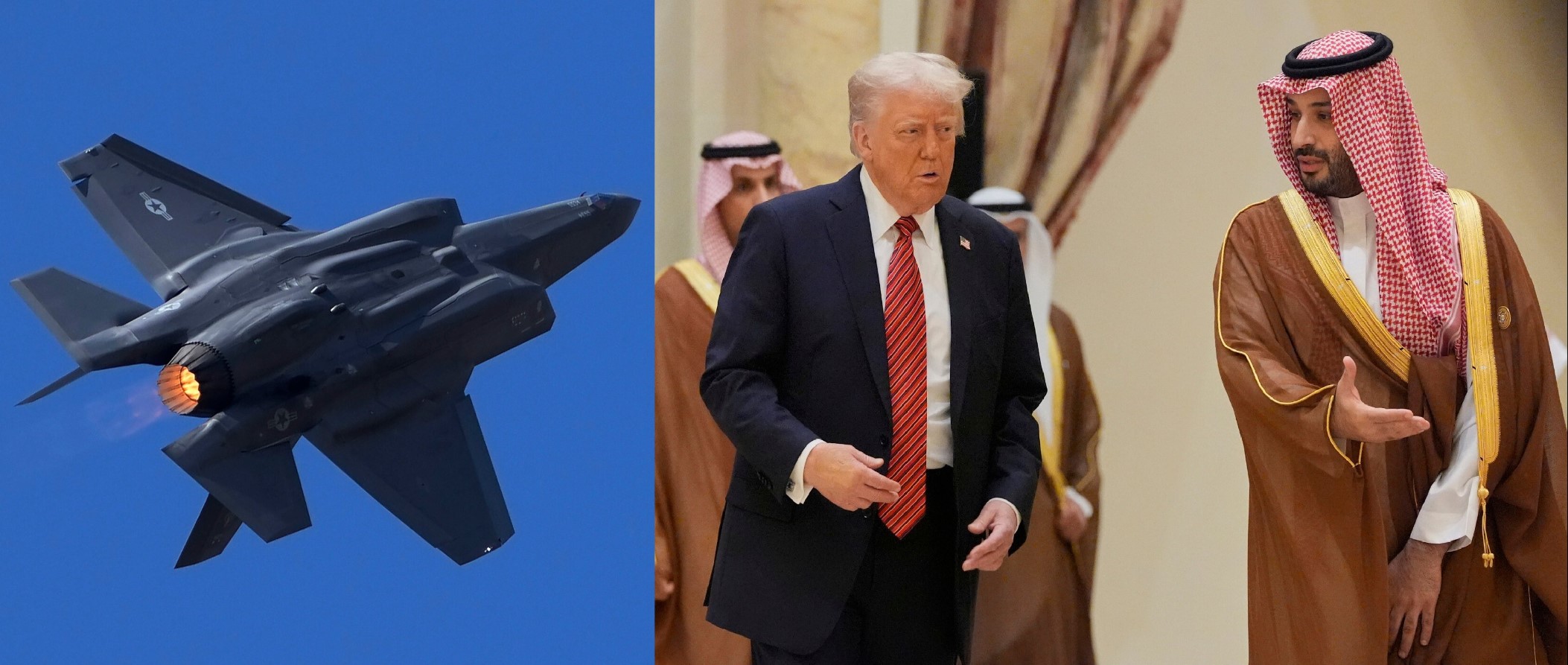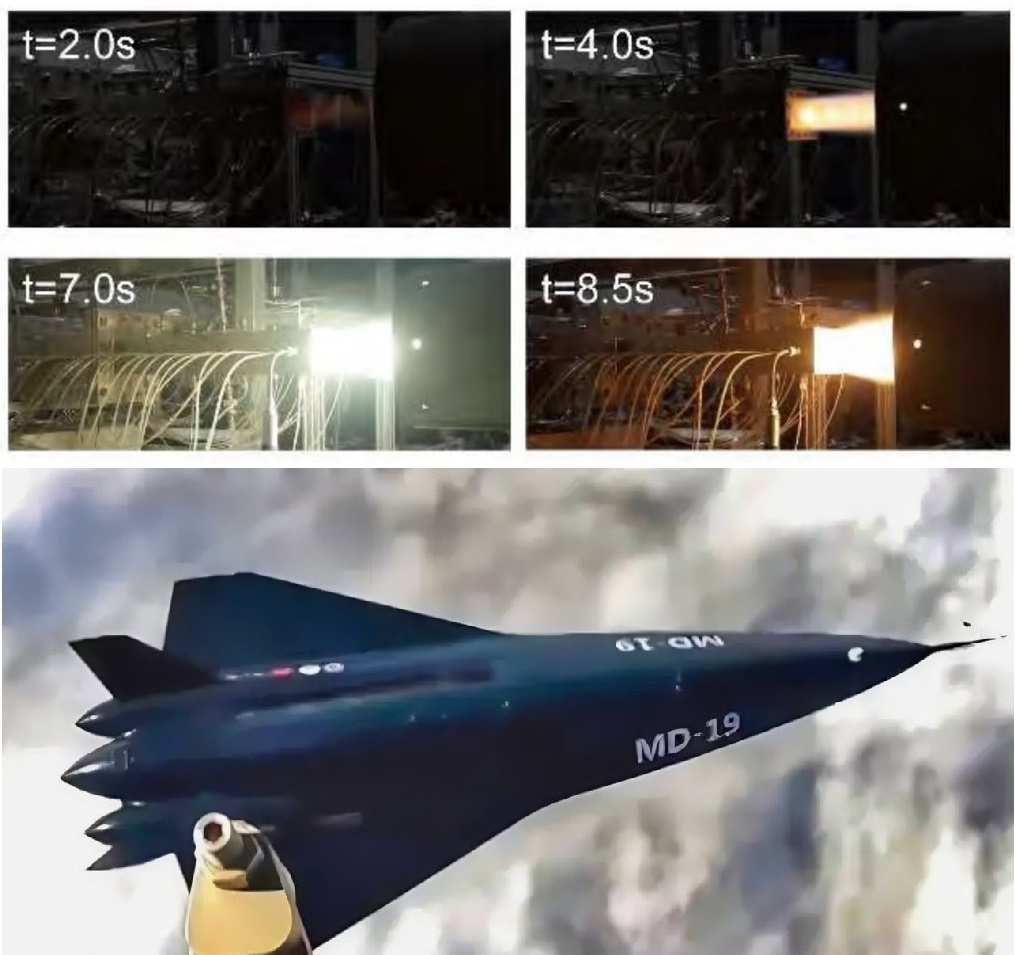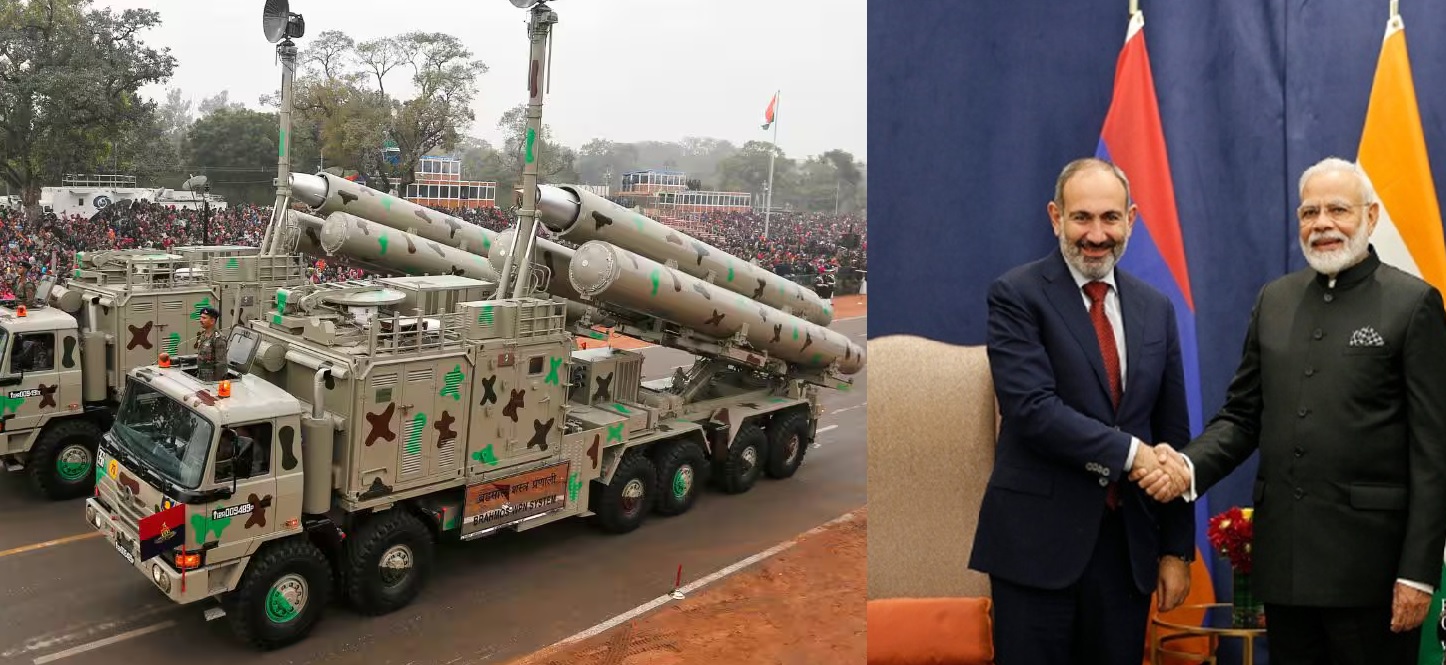Trump Administration Considers $58 Billion F-35 Deal with Saudi Arabia

The Trump administration is reportedly weighing a major arms sale to Saudi Arabia that could reshape the balance of air power in the Middle East. According to defense sources, Washington is reviewing a proposal to sell up to 48 F-35 Lightning II stealth fighters to Riyadh — a deal estimated to be worth between $58 billion and $60 billion. The plan has cleared a key Pentagon policy review, marking a critical step before final approval. The announcement comes just days before Crown Prince Mohammed bin Salman’s (MBS) scheduled visit to Washington, signaling potential high-level discussions on defense cooperation.
If approved, the sale would represent a historic policy shift, as no Arab state has ever operated the F-35. Until now, Israel has been the only country in the Middle East to receive and deploy the aircraft, a reflection of Washington’s long-standing commitment to preserving Israel’s qualitative military edge (QME). The possibility of Riyadh acquiring the same fifth-generation stealth platform has already raised alarms in Tel Aviv ahead of the expected Trump–MBS White House meeting.
A Billion-Dollar Package and Strategic Leverage
The proposed F-35 sale is part of a broader $142 billion U.S.–Saudi defense package being discussed since mid-2025 — described by American officials as one of the largest arms deals in U.S. history. The complete package is expected to include precision-guided munitions, air defense systems, radar upgrades, and logistical support, in addition to the F-35 fleet.
Under the current proposal, Saudi Arabia would receive 48 F-35A fighters, the conventional takeoff and landing variant, along with:
-
Full mission support infrastructure, including maintenance depots and simulators.
-
Pilot and technician training in coordination with Lockheed Martin and U.S. Air Force advisors.
-
Weapon integration packages, potentially involving the AIM-120 AMRAAM, JDAM kits, and stand-off munitions.
-
Ground-based data links for secure communication and interoperability with U.S. systems.
Each aircraft costs roughly $80–90 million, excluding sustainment costs. The total value of the fighter component alone could reach nearly $4 billion per squadron, making this one of the most expensive single foreign military sales (FMS) ever considered for the Gulf region.
While Pentagon officials have reportedly cleared the internal technical review, the deal still requires Presidential authorization and Congressional notification, both of which may invite political scrutiny given concerns over Saudi Arabia’s human-rights record and its ongoing role in Yemen.
Riyadh’s Air Power Ambition
The Royal Saudi Air Force (RSAF) already operates one of the most advanced fleets in the Middle East. Its current inventory includes:
-
167 F-15S/SA Strike Eagles, upgraded to advanced multirole capability.
-
81 Tornado IDS strike aircraft, mainly for deep interdiction missions.
-
71 Eurofighter Typhoons, equipped with modern radar and electronic warfare systems.
In total, the RSAF fields around 320–350 combat aircraft, making it the largest and most technologically sophisticated air arm in the Arab world. Yet despite this strength, Saudi Arabia’s fleet remains composed of 4th-generation platforms. The introduction of the F-35’s stealth, sensor fusion, and data-link capabilities would mark a quantum leap — allowing Riyadh to conduct operations undetected in contested airspace and enhance coordination with U.S. and allied networks.
Military analysts say the move aligns with the Kingdom’s Vision 2030 defense transformation plan, which seeks to modernize its forces and localize defense manufacturing. Lockheed Martin has already expressed willingness to cooperate with Saudi industry under technology-transfer and offset agreements.
Israel’s Strategic Concerns
The Israeli government is reportedly lobbying Washington to limit or delay the Saudi F-35 sale, warning that the transfer could erode its regional air superiority. Israel currently operates more than 36 F-35I “Adir” fighters, with additional deliveries underway. The aircraft forms the core of Israel’s deterrence and first-strike doctrine, especially against Iranian nuclear and missile facilities.
To mitigate Israel’s concerns, U.S. officials have suggested several options, including downgraded software configurations, restricted sensor packages, or delayed delivery schedules for Saudi jets. However, even with such limitations, the sale would symbolize a new strategic reality in which advanced stealth capabilities are no longer exclusive to Israel.
Washington’s Balancing Act
For the Trump administration, the deal offers both strategic and economic benefits. It would strengthen ties with a key regional ally, counter Iranian influence, and generate billions in revenue for the U.S. defense industry. Yet it also tests Washington’s ability to balance commercial interests, regional stability, and political commitments.
If the deal moves forward, it will face intense Congressional debate. Lawmakers from both parties are expected to scrutinize the implications for Israel’s QME and the potential misuse of advanced technology in regional conflicts.
A New Chapter in Gulf Air Power
If Saudi Arabia eventually fields the F-35, it would become only the 18th nation worldwide to operate the fifth-generation fighter — and the first Arab country to do so. For Riyadh, it would be a defining moment in its military modernization journey, solidifying its position as a dominant air power in the Gulf.
But for Washington and the region, the implications go far beyond hardware. The sale could reshape alliance structures, alter regional deterrence equations, and test the limits of U.S. influence in an increasingly complex Middle East.
As Crown Prince Mohammed bin Salman prepares to arrive in Washington, the F-35 deal will likely top the agenda — a symbol of both ambition and risk in the evolving U.S.–Saudi partnership.
✍️ This article is written by the team of The Defense News.






